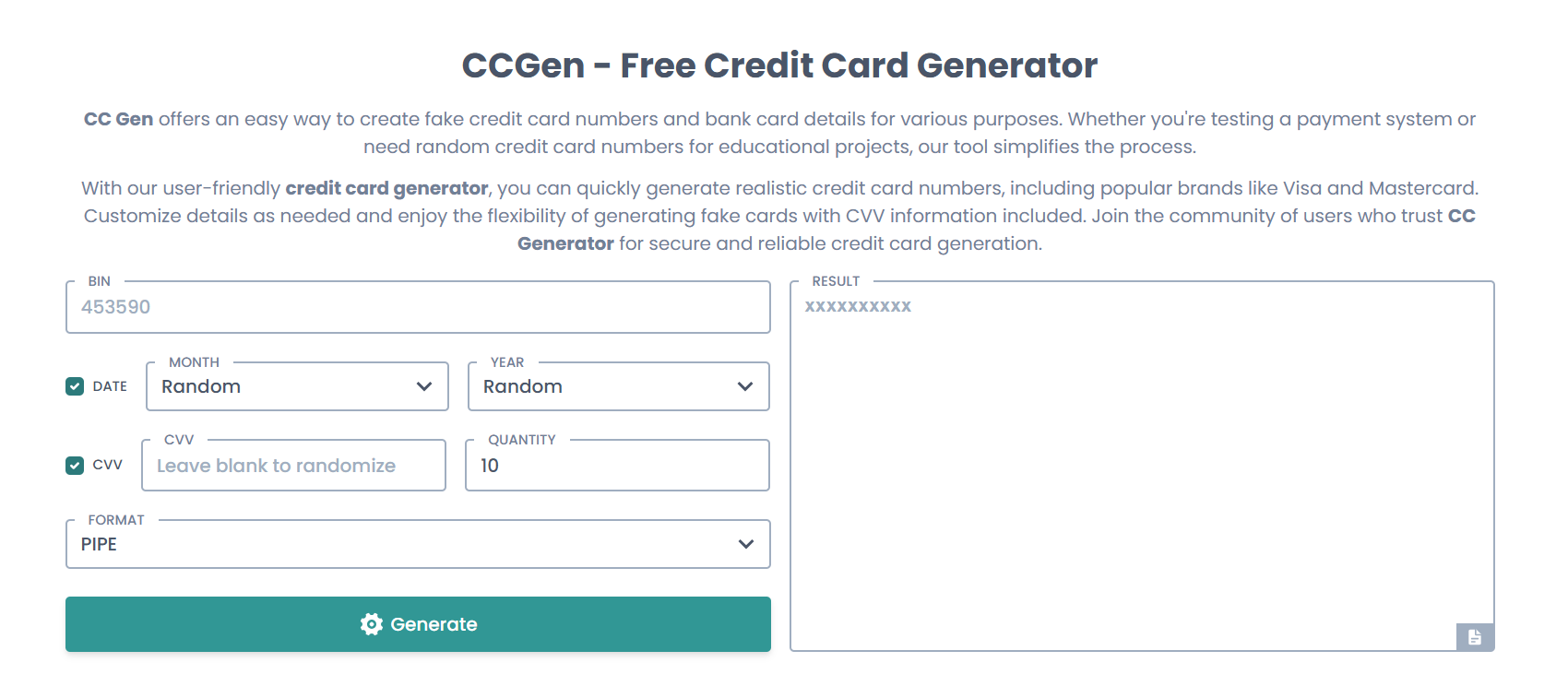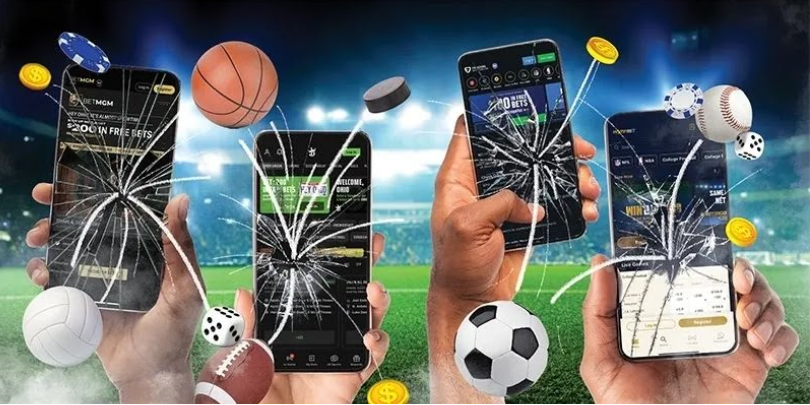Injured? Welcome to the Ice Age.
You don’t plan for it. Nobody does. One bad landing, a twist you didn’t see coming, or a pick-up game that got a little too competitive—and suddenly, you’re sitting on the sidelines with a bag of frozen peas balanced on your knee.
And here’s the kicker: you’re supposed to sit still and let your body heal. If you’re an athlete, that’s basically torture. If you’re a normal human, it’s still annoying.
But recovery doesn’t have to mean passively waiting for your body to sort itself out. You can speed it along—with the right tools.
Forget the Ice Pack. Upgrade the Experience.
The humble ice pack had its moment. But it’s… uneven. Melts too fast. Slides off the spot you’re trying to treat.
An ice machine changes the game. Circulating cold water through a fitted wrap means consistent, targeted therapy—no shifting, no leaks, no playing “catch the dripping towel.”
Some systems, like the Game Ready ice machine, add gentle compression into the mix. That’s not just for comfort—it actively helps flush out excess fluid so swelling goes down faster.
Why Cold Still Works in 2025
Injury recovery fads come and go. But cold therapy? It’s stuck around because it’s rooted in real physiology.
Cold constricts blood vessels. This slows the rush of fluid to injured tissue (read: less swelling). It also lowers the cells’ need for oxygen, which can limit secondary tissue damage. Oh, and it numbs pain by calming nerve activity—your brain gets fewer “ouch” messages.
Add compression, and you’re essentially squeezing out what your body doesn’t need so healing can get moving.
From ACL Surgery to Rolled Ankles
Think ice machines are just for pro athletes? Nope. They’re in orthopedic clinics, physical therapy centers, and increasingly—living rooms.
They help after:
- Surgery. Keep swelling in check so you can start rehab sooner.
- Acute injuries. Sprains, strains, and impact bruises all respond to cold.
- Overuse flare-ups. Tendonitis, bursitis—anything that needs inflammation control.
Basically, if it’s swollen, sore, or stubborn, cold therapy probably has a role.
How to Actually Use One
Good news: it’s not rocket science.
- Fill the cooler with ice and water.
- Strap the wrap over the injured area—snug but not tourniquet-tight.
- Hit the power and let the cold flow.
- Relax for 20–30 minutes.
Pro tip: use a thin barrier (like a cloth sleeve) between the wrap and your skin. Cold burns are real, and you don’t want to trade one injury for another.
The Mental Side of Recovery
Here’s something people don’t talk about—rehab can mess with your head. Progress feels slow. You wonder if you’re ever getting back to “normal.”
Having a tool that makes you feel the difference—less pain, less swelling—can help you stay motivated. It’s not just comfort, it’s proof you’re moving forward.
The Secret Is Consistency
One 20-minute session isn’t a miracle cure. The real benefits stack up when you make it a habit. After workouts. After therapy sessions. End of the day when swelling creeps back in.
Consistency means your body gets repeated “help” flushing inflammation and pain signals, which means you get back to moving sooner.
The Bottom Line
From the moment the injury happens to those last few weeks before you’re back in action, cold therapy has a role. And with modern gear like the Game Ready ice machine, you can bring the same tech used in pro training rooms straight into your home.
Because waiting around with a soggy bag of ice? That’s yesterday’s rehab plan.






